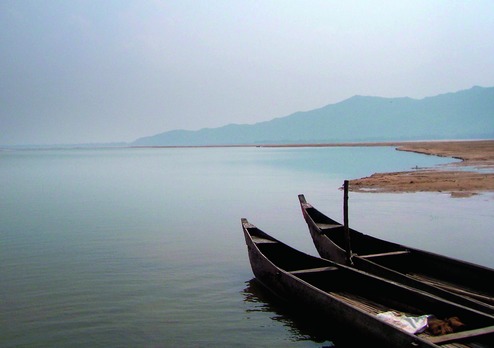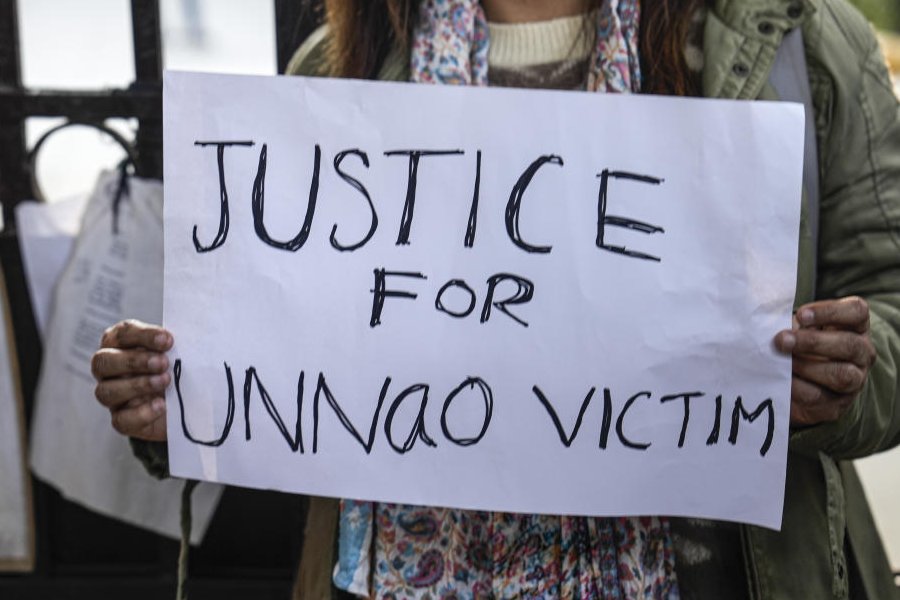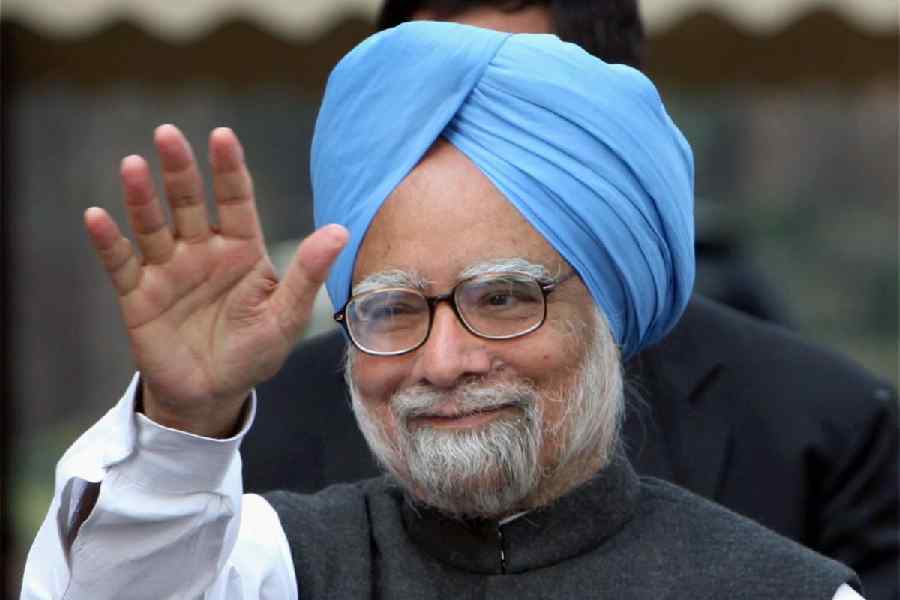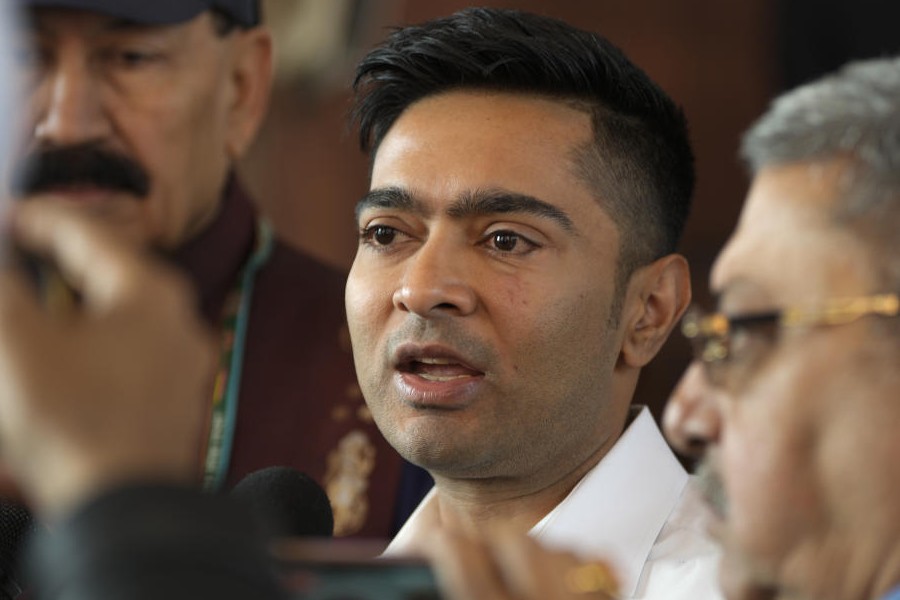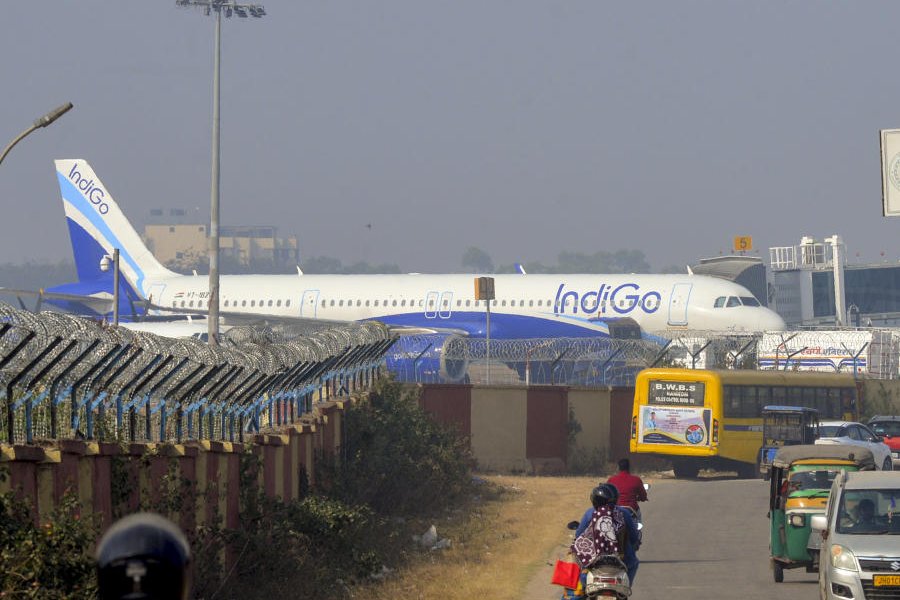
Bhubaneswar: The Indian National Trust for Art and Cultural Heritage (Intach) has launched a programme for documentation of the "tangible and intangible" heritage on both sides of the Mahanadi river.
Seven teams of culture enthusiasts will cover nearly 1,000km on the riverbanks under the project. It will begin from the upper reaches of Hirakud and continue till its merger into the Bay of Bengal near Paradip.
The heritage along the river will be documented, and the important structures will be photographed and videographed. "It will be a roadmap for the conservation workers, historians, students and researchers," said Intach chairman Major General (retd) L.K. Gupta.
Teams from Odisha Intach will list and document the heritage sites. Another team will do the documentation along the Mahanadi course in Chhattisgarh.
Gupta further said: "The civilisation had grown on the banks of the river. I have asked the teams to document them, so that the community is benefited." The teams will collect data, which will be documented after being scrutinised, in prescribed format.
"The cultural mapping of the Mahanadi, the lifeline of Odisha, will be done as part of the project," said Odisha Intach convener A.B. Tripathy.
Around 50 per cent of the total course of the river flows in Odisha that will cover undivided Sambalpur, Sonepur, Boudh, Angul, Nayagarh and the undivided Cuttack districts.
A number of major settlements in the state have come up along the Mahanadi, and there are numerous tangible heritages such as temples, palaces, forts dot it. Also, intangible heritage such as folklore, songs and dances, tribal art and crafts have also thrived along the river.
In November last year, they launched a project to document the monuments of Prachi Valley in Odisha, where a civilisation - believed to be earlier than that of Harappa and Mohenjo Daro - flourished on the banks of a river. "The entire stretch of the river till the estuary will be surveyed, and a comprehensive report will be made through the six-month project," says chief project co-ordinator Anil Dhir.

